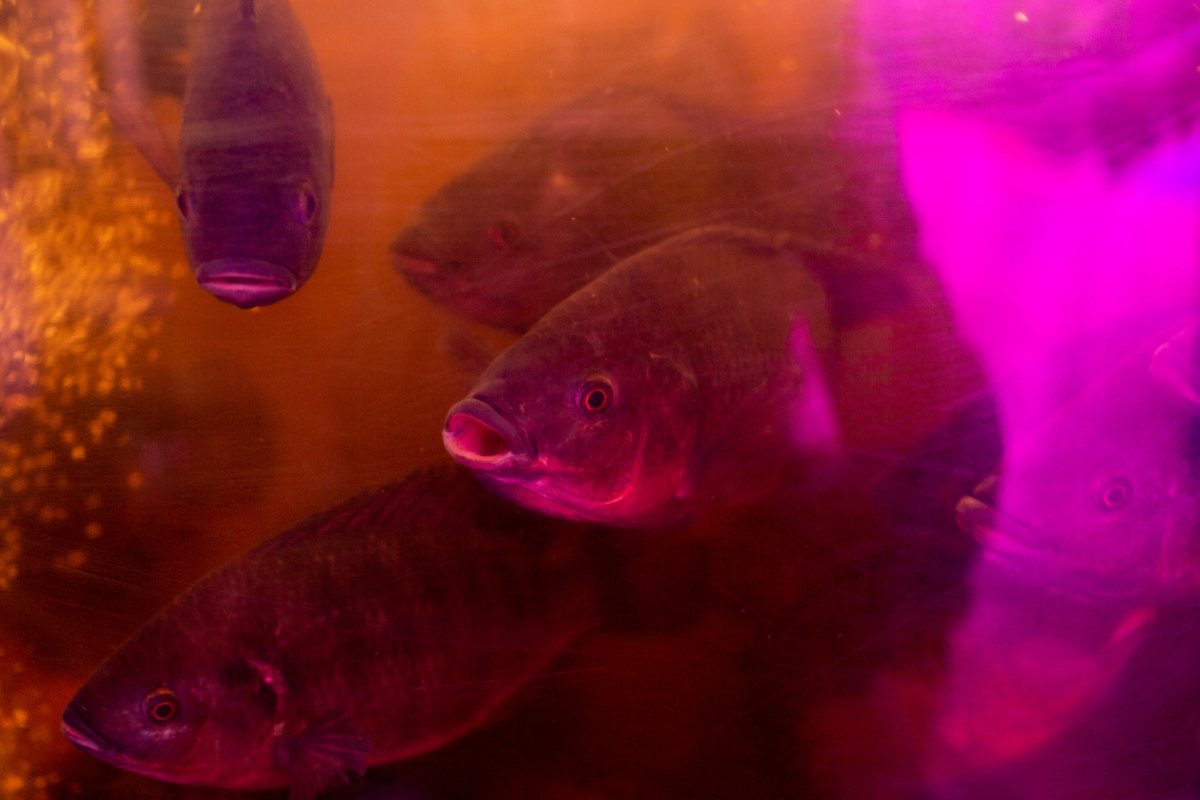The unlikely combination of freshwater fish and cannabis is producing outsized medical marijuana crops that Green Relief Inc aims to capitalize on, as the Canadian company plots a stock market listing and global expansion.

In an underground southern Ontario facility surrounded by farmland, Green Relief operates a cutting-edge aquaponic farm, using filtered fish waste to fertilize cannabis plants, which in turn clean the water for the fish.
READ MORE: Private Ontario cannabis retail stores won’t be able to offer click-and-collect purchases
The company says it is the world’s only licensed producer to grow medical marijuana this way, a pesticide-free process that took 2-1/2 years to fine tune. The only signs of this operation, which is built into a hill and insulated by some three feet of dirt and grass, is above-ground ventilation equipment sticking out of the ground.
“This is the agriculture of the future,” said Warren Bravo, a former concrete contractor who co-founded the company with friend Steve LeBlanc in 2013. “If you’re not latching on to sustainable agriculture technologies now, you’re going to be a dinosaur.”

Green Relief’s closed-loop system, which raises 6,000 tilapia and 4,500 plants at any given time, uses 90 percent less water than conventional agriculture, while delivering 10-20 percent better yields than traditional methods, Bravo said.

Get daily National news
Every five weeks, Green Relief purges one of its 16 fish tanks, donating some 300 market-size tilapia to Second Harvest, a food charity which delivers the fish to a homeless shelter’s kitchen.
A C$60 million ($45.9 million) expansion is underway at the company’s rural base outside Hamilton, about an hour’s drive west of Toronto, which will add 15,000-20,000 kilograms to annual output. The project also includes manufacturing and packaging operations, to process plants from its satellite operations.

That includes a recently acquired 100,000-square-foot indoor soccer complex in Hamilton, which will produce some 15,000 kilograms of pot after a C$9 million retrofit.
With partners, Green Relief is also building facilities in Thunder Bay, Ontario and Halifax, Nova Scotia that will each produce some 20,000 kilograms annually, Bravo said.
Backed to date with some C$18 million from private investors, Green Relief is preparing to list on the Canadian Securities Exchange, and possibly Nasdaq, to help fund its growth plans.

An initial public offering is likely “within months,” depending on market conditions, and will build on a current financing that prices 100 million shares at C$3.50 each, Bravo said. Green Relief could break even within months and expects to be profitable this year, he added.
Bravo had been chief executive until he handed the job on an interim basis in January to John Durfy, who has a background in markets and investment.
WATCH: A look at which Ontario municipalities have opted out of retail pot shops
_848x480_1430789699819.jpg?w=1040&quality=70&strip=all)
As majority shareholder and director of business development, Bravo is busy securing properties in Italy and Australia while advancing such joint ventures as an alliance with Switzerland’s Ai Fame and Ai Lab.
“Canada’s in a very fortunate position right now,” he said, referencing the country’s world-leading legalization of recreational cannabis in October 2018. “We get to take the lead in a brand new industry.”







Comments